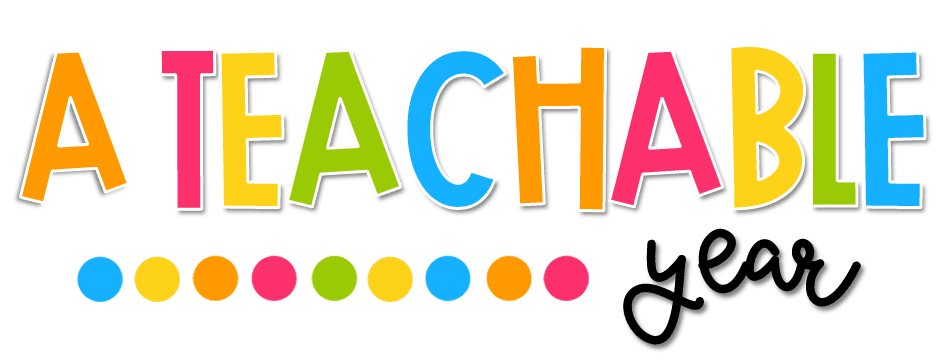Understanding Mother Goose Day
Mother Goose Day, observed on May 1st, pays homage to the mythical Mother Goose, associated with classic nursery rhymes and children's stories that have been passed down through generations.
Language Skills and Activities
Vocabulary Enrichment:
Introduce nursery rhyme-related vocabulary such as rhyme, stanza, character, fable, and specific terms related to nursery rhymes. Utilize visuals, rhyming games, or discussions to reinforce vocabulary.
Reading and Comprehension:
Select nursery rhymes, stories, or fables attributed to Mother Goose. Conduct reading sessions followed by discussions, role-plays, or comprehension tasks to enhance language skills.
Select nursery rhymes, stories, or fables attributed to Mother Goose. Conduct reading sessions followed by discussions, role-plays, or comprehension tasks to enhance language skills.
Writing Tasks:
Encourage students to write their own nursery rhymes or stories inspired by Mother Goose tales. They can create characters, rhyming verses, or illustrate their stories. This exercise nurtures language skills and creativity.
Folklore Insights
Exploring Rhymes:
Discuss the history of nursery rhymes, their origins, and their cultural significance. Explore famous nursery rhymes and their underlying messages or morals.
Character Exploration:
Introduce popular characters from Mother Goose tales. Encourage students to describe these characters and speculate about their adventures.
Interactive Activities
Rhyme Performance:
Organize a nursery rhyme recital where students perform their favorite rhymes or act out characters from Mother Goose tales. This activity enhances pronunciation and presentation skills.
Character Creation:
Engage students in creating their own characters or stories inspired by Mother Goose folklore. Encourage them to draw, write, or present their unique tales.
Reflective Discussions
Moral Lessons:
Initiate discussions about the morals or lessons conveyed in nursery rhymes. Encourage students to share their interpretations and discuss universal themes found in these stories.
Cultural Impact:
Discuss how nursery rhymes transcend cultures and languages. Encourage students to share similar folklore or rhymes from their own cultural backgrounds.
Teaching about Mother Goose Day in ESL classes offers an enchanting exploration of storytelling, language, and cultural heritage. By integrating language exercises, folklore insights, interactive activities, and reflective discussions, educators can create an engaging lesson that not only enhances language skills but also fosters an appreciation for classic tales and the art of storytelling.
As we celebrate Mother Goose Day, let us inspire students to embrace the magic of storytelling, explore creativity through rhymes, and appreciate the timeless charm of nursery rhymes that continue to captivate hearts across generations.
Discuss how nursery rhymes transcend cultures and languages. Encourage students to share similar folklore or rhymes from their own cultural backgrounds.
Teaching about Mother Goose Day in ESL classes offers an enchanting exploration of storytelling, language, and cultural heritage. By integrating language exercises, folklore insights, interactive activities, and reflective discussions, educators can create an engaging lesson that not only enhances language skills but also fosters an appreciation for classic tales and the art of storytelling.
As we celebrate Mother Goose Day, let us inspire students to embrace the magic of storytelling, explore creativity through rhymes, and appreciate the timeless charm of nursery rhymes that continue to captivate hearts across generations.



No comments
Post a Comment
Thanks for your comment!